Description
A Framework Knitter
John Rawson was born in 1824 in Swanwick, Derbyshire, England in the same house where his father and grandfather were born, lived, and died. Due to its humid wet climate, the area where he lived was famous for its textiles. Like his father before him, John was employed in the mills as a framework knitter. The framework knitter was a machine invented in 1859 by William Lee in Nottingham. “It enabled workers to produce knitted goods around 100 times faster than a worker by hand. This was the first step in the mechanisation of the textile industry and led to framework knitting playing a key role in the early days of the Industrial Revolution.”
Unfortunately, efficient though it was, being a framework knitter was dangerous, tedious, and depressing work. The museum of framework knitters in Nottingham has the following written description of the occupation.
Life as a framework knitter was tough. The hours were long and working conditions cramped, uncomfortable and dangerous. The framework knitters had to pay to use their knitting frames, even if no work was available, and buy all their own materials. The industry was controlled by Master Hosiers, who also owned the knitters’ houses. Low wages and high overheads meant the whole family would have to work, with children taking on tasks such as wool-winding, just to make ends meets. Poor health and malnutrition were rife. The 1833 Royal Commission on Children in Factories (1833) found that:
‘…They are, many of them, unhealthy and dyspeptic; …from the long period of labour endured in a close and confined atmosphere….I can tell a stockinger well by his appearance; there is a paleness and certain degree of emaciation and thinness about them.. hopeless poverty is producing fearful demoralisation….’
A common insult in Victorian Britain was to call someone ‘as poor as a stockinger’ – by which they meant a framework knitter.”
The oppression of the common laborer in the textile industry was common to farm laborers, coal miners, and virtually every other occupation across Europe. The monarchical class society entrenched one’s place across the generations to never rise above the level of birth. Of course, there were exceptions, but with limited education and resources, those exceptions were not the norm. Hence, America was a godsend, a land of opportunity where they could “sit every man under his vine and under his fig tree and none shall make them afraid.” (See Micah 4:4) Is it any wonder that so many left Ireland during the great potato famine of the 1840’s, or that so many left from across the British Isles to join the Mormons in America? The privations of the trail across the American plains, and they knew them well, were worth the pain and suffering for the privileges that lay beyond.
John and Sarah Rawson joined the Mormons in 1851, and like so many others living in abject poverty, began saving to go to America. It was John’s heart’s desire. With help from the Church’s Perpetual Emigrating Fund, John and Sarah’s older children managed to secure passage onboard the Steamship Colorado. However, when they went home to share with their father the exciting news of their imminent departure, they found him gravely ill. He died about a half hour after their arrival. With Sarah now a widow and no means of support, it was quickly decided that Mother Sarah would take the youngest children and leave immediately for America. Less than a month after burying her husband, Sarah took her four youngest children, one of them an infant, and sailed for America, leaving behind—everything and everyone she had ever known and loved. She crossed the Plains to Salt Lake City by ox team and wagon and lived out her days just north of Salt Lake City in Plain City, Utah. By all accounts, she was not wealthy, but she was comfortable all her days and what she had was hers—she was free. Neither Sarah nor her children ever looked back. Today John and Sarah’s numerous posterity prosper and praise her name for making that journey. America and the great trail across the plains indeed represented a new life.
Sources:
https://www.familysearch.org/tree/person/details/KWJ7-XM7
Copyright Glenn Rawson 2022

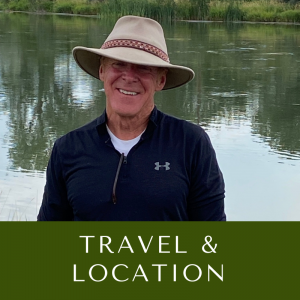
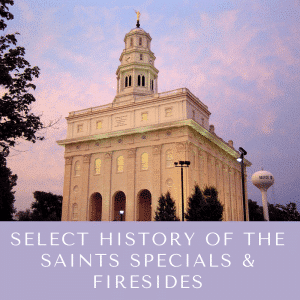


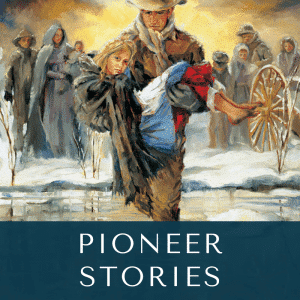

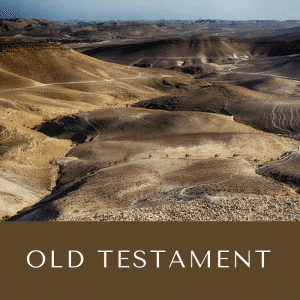


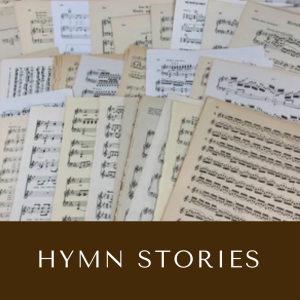
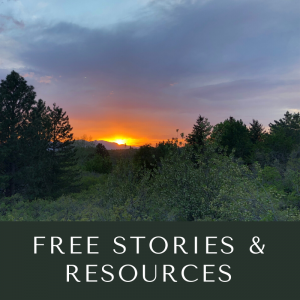

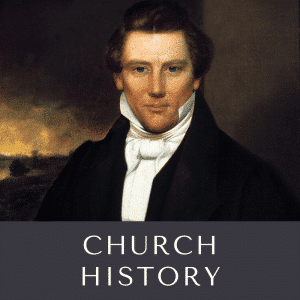

Reviews
There are no reviews yet.